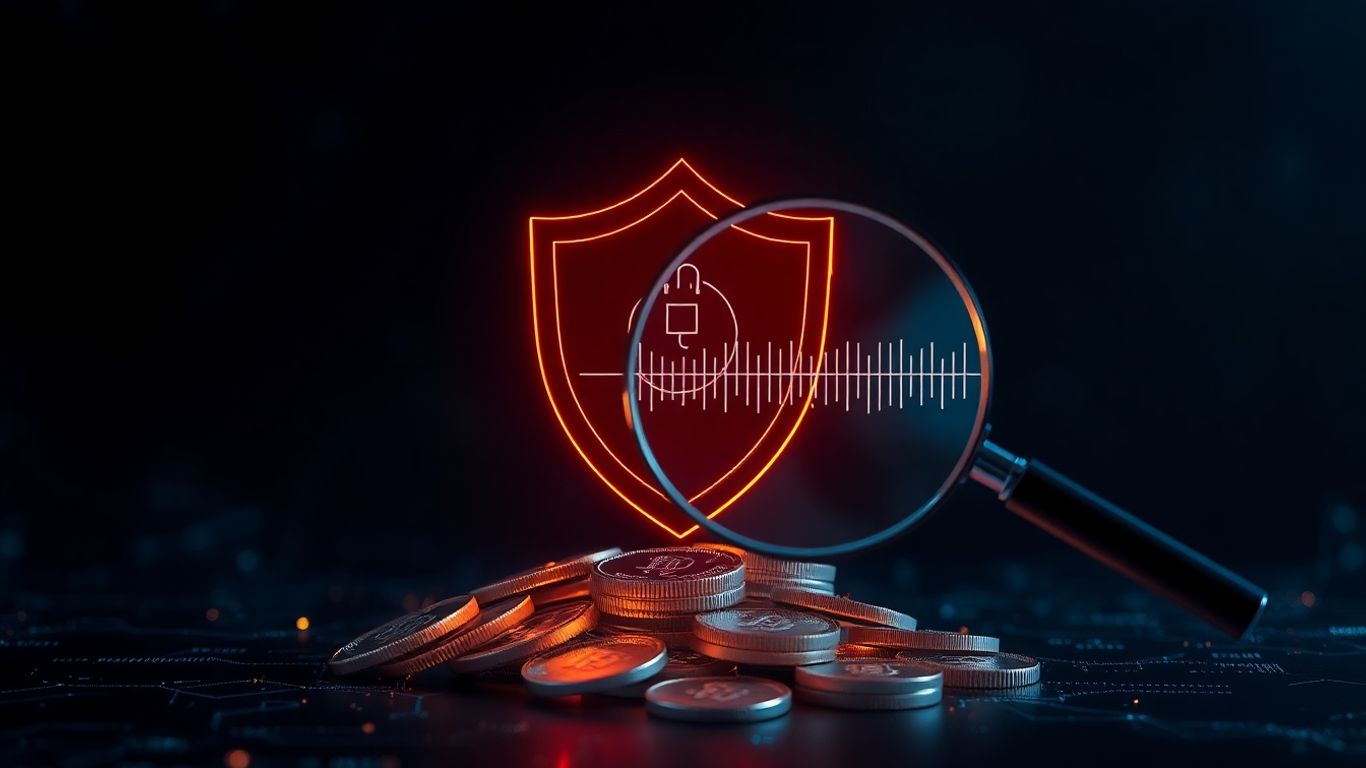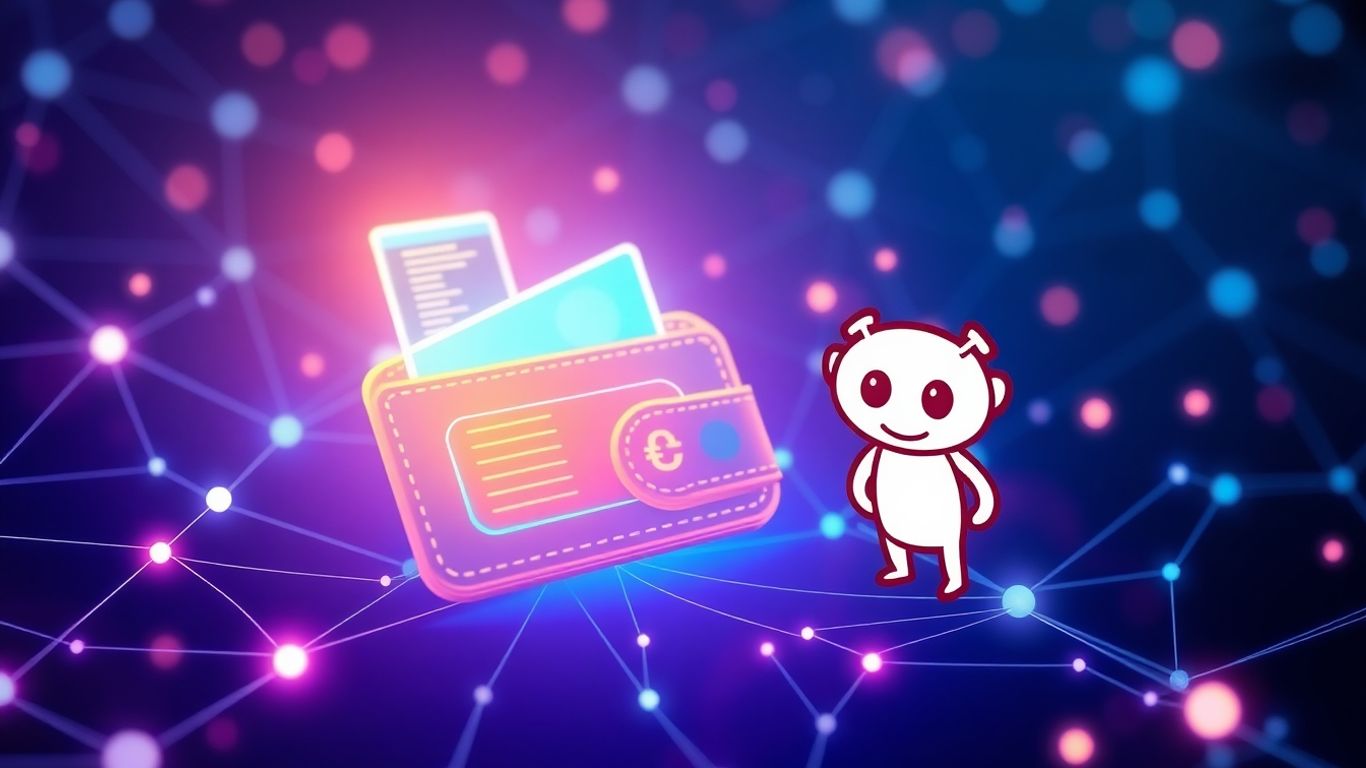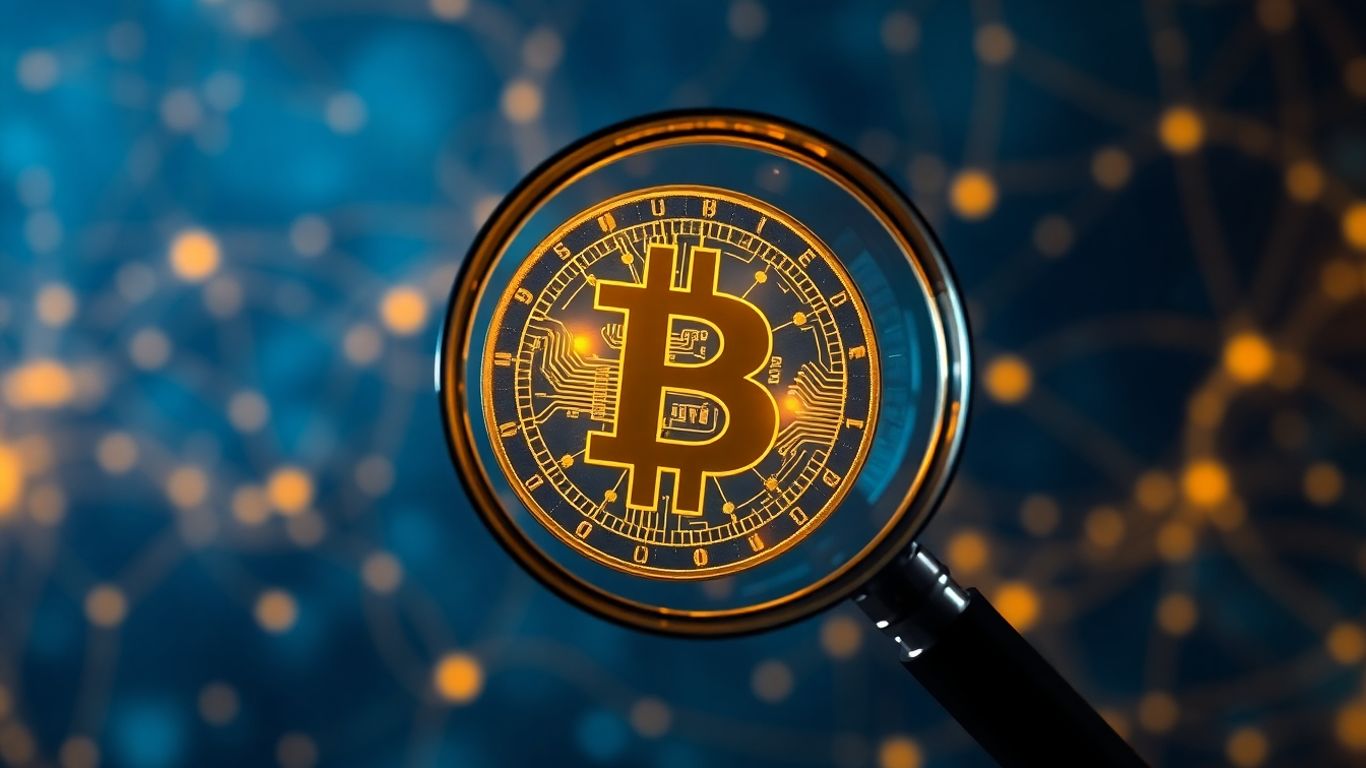[ newsletter ]
Stay ahead of Web3 threats—subscribe to our newsletter for the latest in blockchain security insights and updates.
Thank you! Your submission has been received!
Oops! Something went wrong. Please try again.
Use our ultimate rug pull scanner to protect your crypto investments. Learn how to identify and avoid common rug pull tactics with our comprehensive guide.





Crypto is exciting, but let's be real, it can also be a minefield. One of the biggest headaches out there? Rug pulls. These scams happen when project creators just vanish with everyone's invested money, leaving you with worthless tokens. It's a huge problem, and honestly, it can cost people a lot. That's why knowing how to spot them is super important. We're going to look at how to protect yourself, and a rug pull scanner is a pretty big deal in all of this.
In the world of crypto, things move fast. Sometimes, too fast. You hear about a new coin, it looks like it's going to the moon, and you jump in. Then, suddenly, it's worth nothing. That's the basic idea behind a 'rug pull.' It's a scam where the people who create a crypto project get everyone excited, take your money, and then just disappear. The name comes from the feeling of having the rug yanked out from under you, leaving you with nothing.
A rug pull is a type of exit scam. The creators hype up a new token or project, often using social media and promising big returns. Once enough people have invested their money, the developers cash out, drain the project's funds, and vanish. The token they created becomes worthless overnight. It's not just a project failing; it's a deliberate act of deception.
Getting caught in a rug pull can be devastating. People lose their hard-earned money, sometimes their entire savings. Because crypto can be less regulated, especially in newer areas like decentralized finance (DeFi), it's easier for these scams to happen. The losses can add up to billions of dollars across the board, leaving many investors feeling betrayed and broke.
These scams aren't all the same. They can happen in a few different ways:
The core of a rug pull is deception. Developers create an illusion of a real project, often with slick marketing, only to betray trust by taking investor funds. A lack of transparency is often the biggest sign.
It's a tough situation, and knowing these tactics is the first step to protecting yourself.
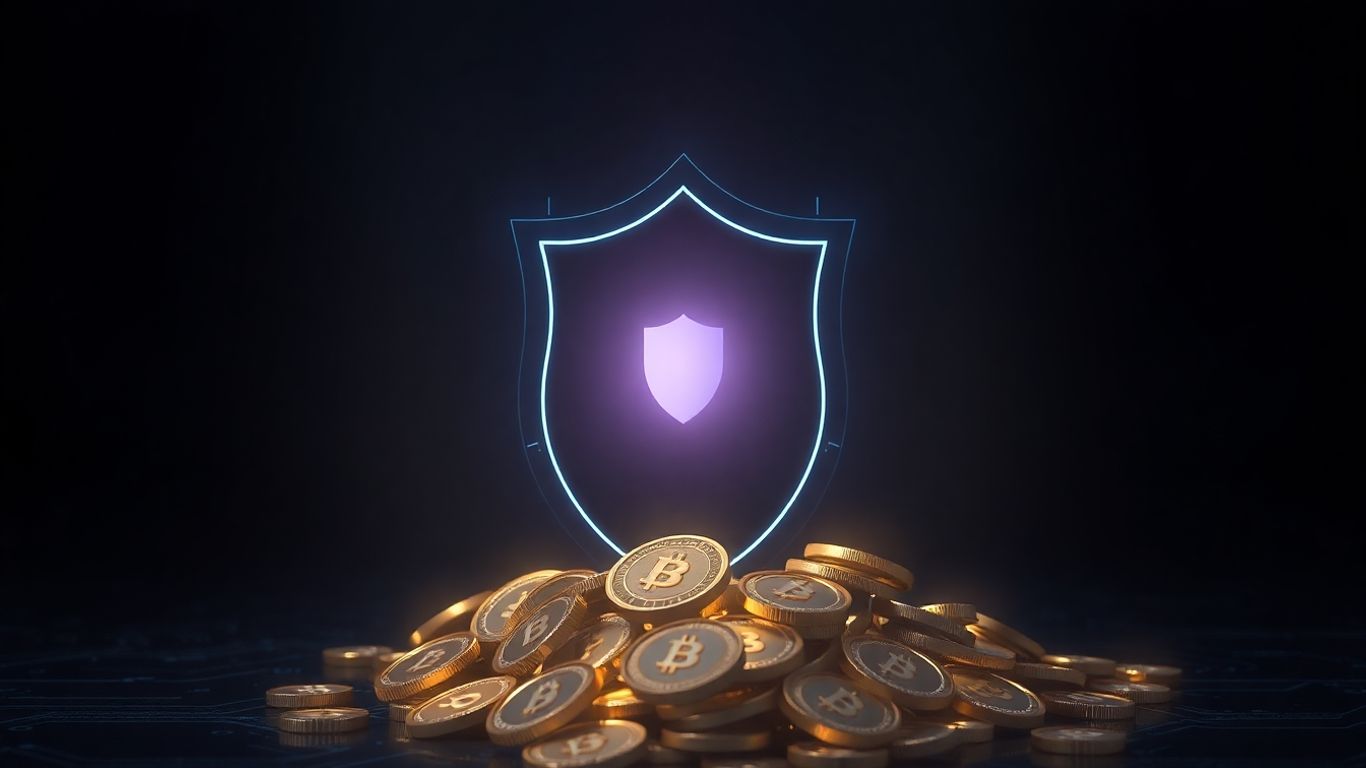
So, you've heard about rug pulls, and now you're wondering how to actually spot one before your crypto disappears. That's where a rug pull scanner comes in handy. Think of it like a security guard for your digital assets. You give it the address of a token you're looking at, and it goes to work, checking out the code and looking for anything suspicious. It's not foolproof, but it's a really good first step to avoid getting scammed.
These scanners automatically analyze the potential risks associated with various smart contracts, tokens, and NFTs. They work across popular blockchain networks like Ethereum and BNB Chain. By inputting a token's contract address, the scanner performs a deep dive into its code, looking for common red flags that might indicate a scam. It's a quick way to get a preliminary safety check before you commit your funds.
When you're looking at a new crypto project, a scanner can help you spot potential problems early on. It checks for things like:
The contract address is the unique identifier for a token's smart contract on the blockchain. It's like a digital fingerprint. You'll usually find this address on the project's official website or social media channels. Sometimes, you can find it by searching for the token on a crypto market page and then clicking a link to its blockchain explorer, like Etherscan. Once you have that address, you paste it into the scanner's search bar. The scanner then uses this address to locate and analyze the token's smart contract for potential issues. It's the key piece of information that allows the scanner to do its job.
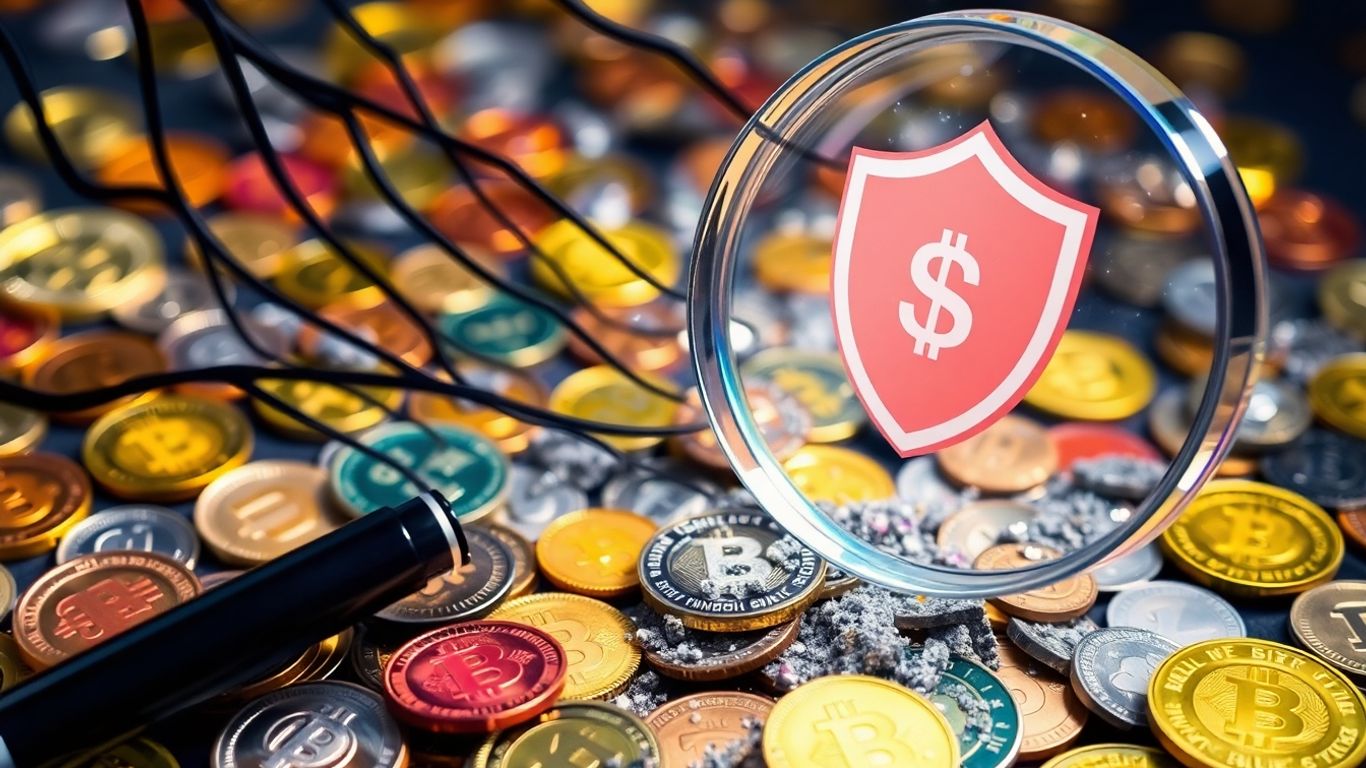
So, you've heard about rug pulls, and now you're wondering how to actually spot one before your crypto disappears. That's where a rug pull scanner comes in handy. Think of it like a security guard for your digital assets. You give it the address of a token you're looking at, and it goes to work, checking out the code and looking for anything suspicious. It's not foolproof, but it's a really good first step to avoid getting scammed.
The first thing you'll need is the token's contract address. This is like the unique ID for a cryptocurrency on the blockchain. You can usually find this on the project's official website, their social media channels, or by searching for the token on a crypto market tracking site. Once you have that address, you'll paste it into the scanner's search bar. The scanner then does its thing, analyzing the token's smart contract for potential problems. It's a quick way to get a preliminary safety check.
Before you even get to the scanner, you might want to take a peek at the contract yourself using a blockchain explorer. Tools like Etherscan (for Ethereum) or BscScan (for Binance Smart Chain) let you see the raw data of a smart contract. You can look at the code, see who deployed it, and check transaction history. While this can get technical, sometimes just seeing if the deployer's address is known or if there are tons of transactions from a single wallet can be telling. It's a bit like looking under the hood of a car before you buy it.
Once you have the contract address, plugging it into a reputable rug pull scanner is the next logical step. These scanners are built to sift through the complexities of smart contracts and identify common red flags associated with scams. They look for things like hidden functions, excessive ownership privileges, or liquidity that can be easily removed. The scanner acts as an automated auditor, flagging potential risks that might be missed by the untrained eye.
Here are some common checks a scanner performs:
Remember, no scanner is perfect. They are tools to aid your research, not a substitute for it. Always cross-reference scanner results with your own due diligence and community sentiment.
So, you've plugged in that contract address and the scanner has done its thing. Now you're staring at a report, and it's not always obvious what it all means. Think of this report as your initial gut check on a crypto project. It's not the final word, but it highlights potential problems that could mean trouble down the road.
When you're looking at the scanner's findings, some things are more serious than others. It's like a doctor giving you a check-up; some results are minor, while others need immediate attention. Here are the big ones to keep an eye on:
One of the most critical pieces of information in the report is the ownership status of the smart contract. If the developers have 'renounced' ownership, it means they've given up their control over the contract. This is generally a good sign, as it makes it much harder for them to manipulate the token's behavior later on. However, if ownership is still held by the creators, they retain the power to make changes. This is a significant risk factor, as they could, for example, introduce crippling transfer fees or other malicious functions.
Scanners will often flag unusual transfer fees or the presence of minting functions. High transfer fees, especially if they can be set to 100%, mean that any attempt to sell or move your tokens could result in you losing them entirely. Similarly, minting functions allow developers to create new tokens out of thin air. While sometimes legitimate for specific tokenomics, this power can easily be abused to flood the market and crash the price, making your investment worthless.
A honeypot is a type of scam where investors are lured into a contract with the promise of high returns, but they are then unable to withdraw their funds. The scanner's job is to detect the characteristics of such contracts. It's like a security system designed to prevent you from walking into a trap. If the scanner flags a contract as a potential honeypot, it's best to stay far away.
The scanner report is a tool, not a crystal ball. It provides data-driven insights into potential risks, but it's up to you to connect the dots and make an informed decision. Always cross-reference the scanner's findings with your own research and common sense.
So, you've run the scanner, and it gave you a green light, or maybe a few yellow flags. That's great! But honestly, a scanner is just one piece of the puzzle. You can't just blindly trust it and walk away. Think of it like checking the weather before a hike – it's important, but you still need to pack the right gear and know the trail.
This is where you become a detective. What are people in the project's community channels saying? Are the developers actually talking to people, answering questions, and being upfront about what's going on? A project that hides behind vague answers or has a community full of bots is a big warning sign. Look for genuine discussions, constructive criticism, and developers who seem to be genuinely involved. A truly transparent project will have nothing to hide.
While a scanner checks the code, a professional security audit is like a deep-dive inspection by experts. These audits look for vulnerabilities that even automated tools might miss. You want to see if the project has had its smart contracts audited by reputable firms. Check if they've made the audit reports public. If they have, read them! See what issues were found and, more importantly, how they were fixed. A project that skips audits or hides the results is definitely not playing fair.
Beyond just looking at the code, pay attention to the people behind the project. Are they doxxed – meaning, have they revealed their real identities? While not always a deal-breaker, it adds a layer of accountability. What's their track record? Have they worked on other successful (and honest) projects before? You can often find this information on their website, social media, or even through blockchain analysis if they've been active elsewhere. It's about building a picture of who you're trusting with your money.
The fight against crypto scams, especially rug pulls, is always evolving. As scammers get more creative, so do the tools and strategies we use to protect ourselves. Looking ahead, we can expect a few key developments that should make the crypto space a bit safer for everyone.
Artificial intelligence is poised to become a much bigger player in spotting suspicious activity. Imagine AI that doesn't just look at past scam patterns but can analyze real-time data streams from blockchains. It could identify unusual transaction volumes, sudden liquidity drains, or strange contract interactions as they happen. This proactive detection could flag potential rug pulls before they even impact investors. AI models will likely get better at recognizing new scam tactics as they emerge, making it harder for scammers to stay ahead.
As rug pulls continue to cause significant financial losses, governments and financial regulators are paying closer attention. We're likely to see more rules and guidelines for cryptocurrency projects. This could mean stricter requirements for project teams to reveal their identities, undergo financial audits, and provide clear roadmaps. While some might see this as a hindrance, it's really about creating a more accountable and secure environment for crypto investments. Think of it like the regulations that govern traditional stock markets; they're there to protect investors.
One of the most promising trends is increased collaboration. We're seeing more shared watchlists and decentralized alert systems where users can report and flag suspicious projects. When people pool their knowledge and observations, it creates a powerful collective defense. Many projects now have dedicated channels where community members can discuss potential risks, share findings from their own research, and warn others. This shared vigilance is a significant barrier against scams, as it’s much harder for a rug pull to go unnoticed when a whole community is watching. The goal here is to move from a reactive stance, where we only deal with scams after they happen, to a proactive one. By using smart technology and working together, we can spot the warning signs much earlier and prevent a lot of the damage before it even occurs. It’s about building a safer environment for everyone involved in crypto.
So, we've gone over what these rug pulls are and how they can really mess with your crypto investments. It's a tough situation when creators just vanish with everyone's money, leaving tokens worthless. But honestly, it doesn't have to be a total loss. By doing your own homework – like checking out who's actually behind a project and if their code has been looked at by experts – you can dodge a lot of these problems. Tools like scanners are super helpful for spotting those shady signs, like if a project owner can just change the rules whenever they feel like it. Plus, staying connected with other folks in the crypto space and sharing what you learn is a smart move. It’s really all about being aware and using the tools that are out there to protect your hard-earned cash. Keep learning, stay sharp, and you'll be much better equipped to handle whatever the crypto market throws your way.
Imagine you invest in a cool new digital coin. A rug pull happens when the people who made the coin suddenly disappear with everyone's money, leaving the coin worth nothing. It's like they pull the rug out from under you!
Look out for signs like promises of crazy high returns, anonymous teams, or projects that don't have a clear plan. If something feels off or too good to be true, it probably is. Always do your own research!
A rug pull scanner is like a security guard for your crypto. You give it the address of a digital coin, and it checks the code and transaction history for anything suspicious, helping you spot potential scams before you invest.
A scanner is a great tool, but it's not a guarantee. It helps you find potential problems, but you still need to do your own homework, check the project's team, and see what the community is saying. Don't just blindly trust the scanner's score.
Some big warning signs include if the project owners still have control over the coin's code, if they can create unlimited new coins out of thin air, or if the contract is designed to trap your money so you can't get it out (like a honeypot).
Always do your own research! Look into the project's team to see if they are open and honest. Check if the project has had its code checked by security experts (audits). Also, see if there's a strong and active community discussing the project transparently.
